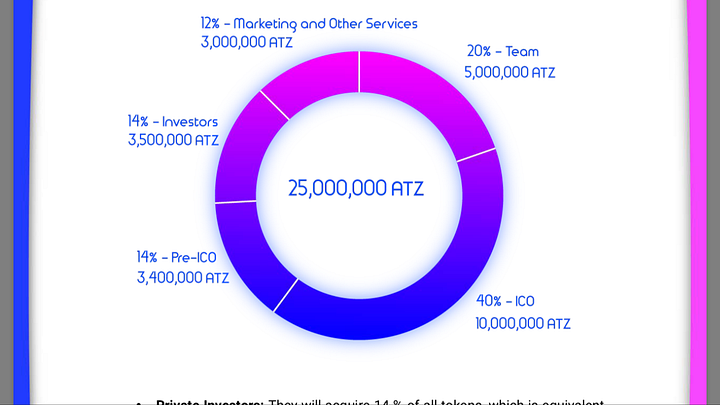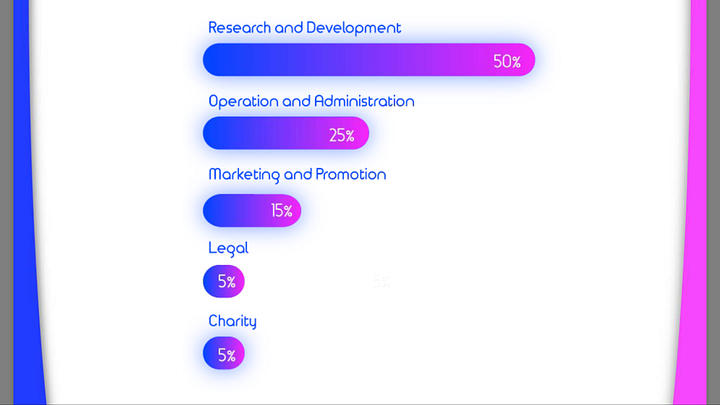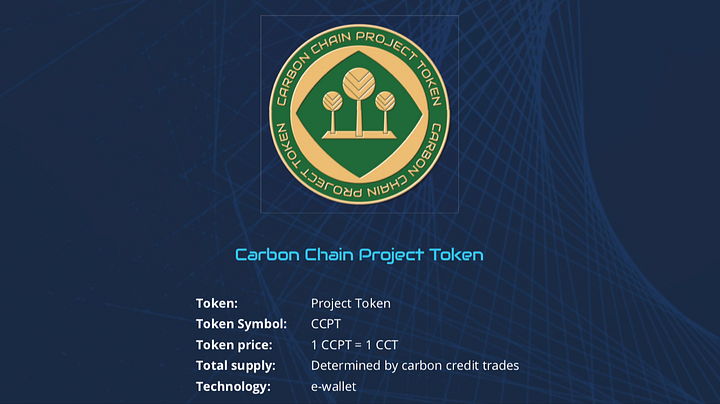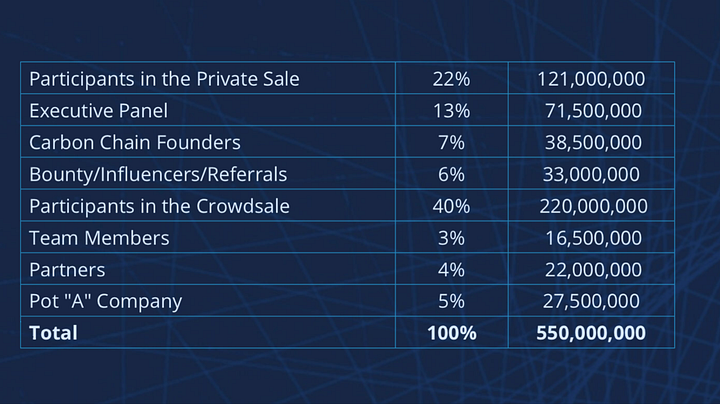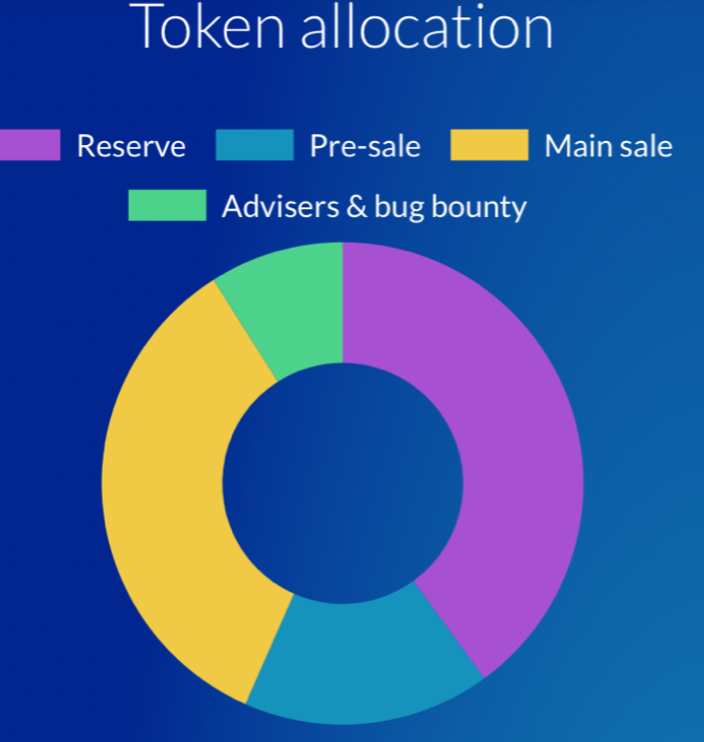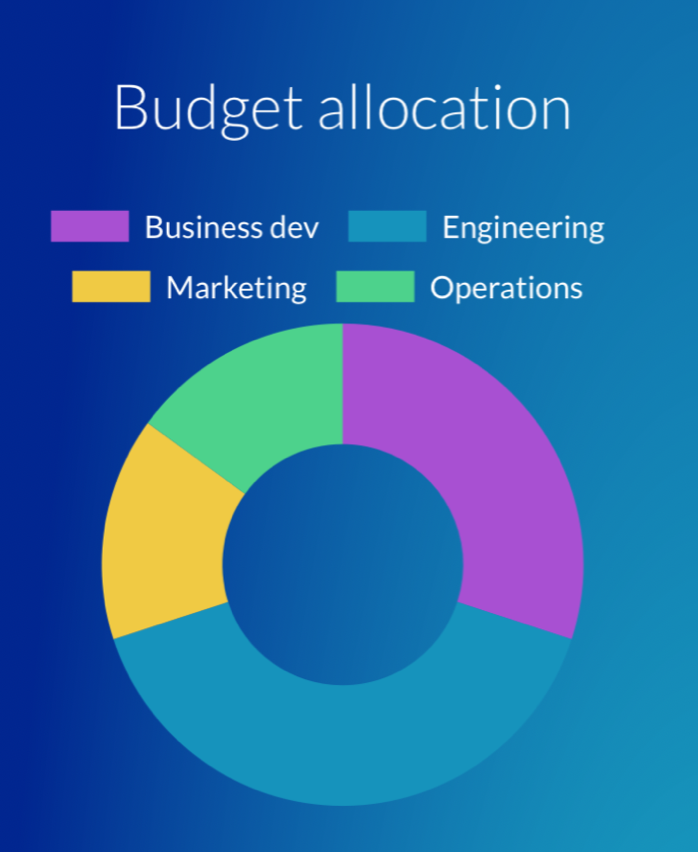***
by Eric Barker
You can painstakingly show somebody tons of bulletproof evidence and present flawless logical arguments but often they still won't change their mind. What gives?
The problem is that the human brain is not a purely rational computer. And when we ignore that, even the best of efforts to convince others can fall flat.
From The Influential Mind:
As it turns out, while we adore data, the currency by which our brains assess said data and make decisions is very different from the currency many of us believe our brains should use. The problem with an approach that prioritizes information and logic is that it ignores the core of what makes you and me human: our motives, our fears, our hopes and desires. As we will see, this presents a serious problem; it means that data has only a limited capacity to alter the strong opinions of others.
So the human brain doesn't work by strictly logical rules -- but it does work by rules. And if we know what they are, we have a much better shot of framing our arguments in ways that other people will find convincing.
So what are these rules? Don't look at me -- I'm the guy who presents heaps of data all the time thinking that makes a difference. (Sigh.) That said, I know where we might be able to get some answers...
Tali Sharot is a professor of cognitive neuroscience at University College London and her new book is The Influential Mind: What the Brain Reveals About Our Power to Change Others.
She's identified 7 factors that influence our ability to influence. (I hope you don't mind if I try to change your mind about how to get others to change their mind.)
Let's get to it...
1) Prior Beliefs
Don't ignore a person's current stance when trying to persuade. Military strategy says direct assaults against fortified defenses are stupid. The human brain is no different. Start off by telling people they're wrong and you're already in trouble.
When our brains hear new info that agrees with our beliefs, we eagerly accept it. When we hear things that contradict our beliefs, our minds suddenly morph into defense lawyers looking for any conceivable flaw.
So a few rounds of back-and-forth jousting doesn't weaken people's opposition. Often it has a "boomerang effect" that ironically causes them to double down.
From The Influential Mind:
When you provide someone with new data, they quickly accept evidence that confirms their preconceived notions (what are known as prior beliefs) and assess counterevidence with a critical eye. Because we are often exposed to contradicting information and opinions, this tendency will generate polarization, which will expand with time as people receive more and more information. In fact, presenting people with information that contradicts their opinion can cause them to come up with altogether new counterarguments that further strengthen their original view; this is known as the "boomerang effect."
You're a pretty smart person, right?
Well, that means you're more likely to boomerang, not less. (If you responded by saying, "No, I'm a moron" then you're off the hook.)
From The Influential Mind:
...the greater your cognitive capacity, the greater your ability to rationalize and interpret information at will, and to creatively twist data to fit your opinions. Ironically, then, people may use their intelligence not to draw more accurate conclusions but to find fault in data they are unhappy with.
So how do we overcome this natural neuroscientific resistance? Don't begin by trying to prove others wrong. Start by finding common ground.
When people who believe childhood vaccination is dangerous were presented with evidence that it's not, the discussion went nowhere. When the focus was shifted to "improving the health of children" the conversation made progress.
From The Influential Mind:
Influence behavior by building on common ground instead of trying to prove others wrong. Our instinct is to try to alter people’s beliefs and actions by introducing data to prove that we are right and they are wrong. It often fails, because in the face of facts that clash with their prior beliefs, people tend to come up with counterarguments or turn away. Instead, find arguments that rely on common ground. For example, telling parents who refuse to vaccinate their children that science has shown that vaccines do not cause autism did not alter the parents’ behavior. Instead, saying that vaccines would protect their children from deadly diseases was more effective—the argument did not contradict their prior beliefs and was compatible with the common goal of keeping children healthy.
(To learn more about the science of a successful life, check out my bestselling book here.)
So taking the right angle with your logic can be critical. But there's also a way to succeed that is usually considered the exact opposite of logic...
2) Emotion
We all know that our mood affects our judgment. Neuroscience research shows that we actually understand each other better when our brains are "in sync" emotionally.
I tell a joke. You laugh. I laugh. And then the conversation seems to go more smoothly. The positive emotion synced our grey matter. This is one of the reasons that stories can be so powerful in convincing people even when rational arguments fail.
You can have the best evidence in the world, but if you're emotionally out of sync with the other person they might not even really be hearing what you're saying.
From The Influential Mind:
Lauri Nummenmaa, a Finnish neuroscientist who studies brain synchronization, writes that this may be one of the roles of emotion in neural synchronization—to promote social interaction and understanding, and to therefore enhance our ability to predict each other’s actions… Emotion equates the physiological state of the listener with that of the speaker, which makes it more likely that the listener will process incoming information in a similar manner to how the speaker sees it. This is why eliciting emotion can help in communicating your ideas and having others share your point of view, whether you are conversing with just one individual or talking to thousands.
So don't neglect to share feelings. Make a joke. Tell a story. Don't try and connect with reason until you've connected with emotion.
From The Influential Mind:
One of the most powerful ways to communicate ideas effectively is to share feelings. Emotions are especially contagious; by expressing feelings ourselves we are shaping other people’s emotional states, and by doing so we make it more likely that the people in front of us will take on our point of view.
(To learn the science of how to take naps that will make you smarter and happier, click here.)
This is all great for ideas. But how do we get people to change their behavior?
3) Incentives
If you want people to do something, emphasizing rewards is powerful.
In one hospital the staff was only washing their hands thoroughly 10% of the time. (I'll pause a second to let your horror die down a bit.)
But when researchers set up an electronic scoreboard that congratulated employees after a good scrubbing, compliance went up to 90%.
From The Influential Mind:
The researchers placed an electronic board in each room giving the staff immediate feedback on how they were doing. Every time a doctor, nurse, or other worker washed their hands, the numbers on the board went up. These figures indicated how well the current shift was going: what percentage of workers were currently washing their hands and what the weekly rate was. What happened? Compliance soared to almost 90 percent!
Anticipation of rewards usually beats fear when it comes to getting people's brains to act. This is one of the reasons why video games can be so addictive.
From The Influential Mind:
If you want someone to act quickly, promising a reward that elicits an anticipation of pleasure may be better than threatening them with a punishment that elicits an anticipation of pain. Whether you are trying to motivate your team to work harder or your child to tidy their room, remember the brain’s “Go” reaction. Creating positive anticipation in others—perhaps a weekly acknowledgment on the company website of the most productive employee or the possibility of finding a beloved toy under a pile of clothing—may be more effective at motivating action than the threat of a pay cut or a time-out.
But it's also vital to keep the other side of this equation in mind. When you want people to stop doing something, warnings about negatives prove more powerful than incentives.
From The Influential Mind:
...when your goal is to cause someone else not to do something—a child to avoid eating a cookie or an employee to avoid communicating confidential information to unauthorized individuals—warning of bad consequences may be more effective than promising rewards.
(To learn how to best use caffeine — from a neuroscientist — click here.)
Focusing on rewards is a much better way to tell people what to do. But, then again, people hate to be told what to do. So the answer to getting people to do what they're told is not to tell them what to do...
4) Agency
People like to feel in control. This isn't just a personal preference; we're biologically wired to seek control. It makes us happier and healthier across a number of dimensions.
From The Influential Mind:
...all else being equal, cancer patients who have a greater perception of control survive longer. Lower risk of cardiovascular disease has also been associated with a greater perception of control. This is not surprising; the sense of control reduces fear, anxiety, and stress—all things that have a detrimental effect on our bodies.
Former FBI lead international hostage negotiator Chris Voss says it's critical in any negotiation to give the other side a feeling of control. And the research agrees.
So when you want to persuade, don’t give orders; give options. Don’t tell; ask and guide.
From The Influential Mind:
...giving people an opportunity to advise how their taxes should be allocated increased the likelihood that they would pay them in full. To produce impact, we often need to overcome our instinct to control and instead offer a choice… What is interesting is that the sense of control need only be that—a perception. It is better to guide people toward ultimate solutions while at the same time maintaining their sense of agency, rather than to give orders.
(To learn how to use FBI hostage negotiation techniques to lower your bills, click here.)
All of this stuff is great but it'll be useless if they're not really paying attention in the first place. So how do you make people want to listen to you?
5) Curiosity
In general, our brains seek positive information and avoid negative information. This is true to an absolutely terrifying degree...
When doctors tell people they may have Huntington's Disease, very few actually follow through on getting tested. Other studies have shown similar results when it comes to HIV testing and breast cancer screening. When the news could be bad, people often don't want to hear it.
From The Influential Mind:
When potential carriers are asked if they intend to take the test, between 45 and 70 percent say yes. Yet most of them do not follow up on their explicitly stated intention. In fact, one study reported that when approached by the registries of testing centers, only 10 to 20 percent of people at risk for Huntington’s choose to register for the test...
So if we frame the info we have as bad, people will often tune out. But if the same information is presented as positive, others often get curious. But how do you make them really curious?
When we hear something that sounds good, but the information is incomplete, your brain wants to "fill the gap." Best example?
"Here are 7 clickbait headlines that will make you more curious."
From The Influential Mind:
...consider online clickbait such as “The ten celebrities you never knew were enthusiastic gardeners” or “The three politicians you never knew got a nose job.” Those create gaps of knowledge in people’s mind that were not there to begin with. I never considered which celebrity adores plants or which politician used to have a crooked nose, but now that this gap of knowledge had been pointed out to me, I have an urge to fill it. Once we are told what we do not know, we want to know.
So to draw people in emphasize the possibility of improvement and highlight the informational gap so they start asking questions.
From The Influential Mind:
Reframe the message to highlight the possibility for progress, rather than doom. Our intuition is that if we have something important to convey, others will want to know it. This instinct is wrong. In particular, if the information is tied to a bleak message, many will actively avoid it—as was the case with preflight safety briefings. Reframe your message so that the information you provide will induce positive feelings (as the airlines did), highlight the informational gap you are filling, and show how the knowledge can be used for the better.
(To learn 6 rituals from ancient wisdom that will make you happy, click here.)
So you're emphasizing the positive benefits that can come from listening to you. That's great. Unless it's not. Because there's an exception to this rule...
6) State Of Mind
When we feel threatened, we're much more sensitive to negative information.
From The Influential Mind:
We found that under threat, people were much more inclined to take in negative information—such as learning that the likelihood of being robbed is higher than they’d thought—than when they were relaxed. The more stressed they were, the greater their tendency to alter their views in response to unexpected bad news. (Stress did not affect the ability of good news to change their beliefs.) Under threat, we automatically absorb cues about danger.
When we feel bad, our instinct is to play it safe -- even if this isn't the smart move. Research shows that when underdog football teams start losing, they play more conservatively. And this is a terrible strategy when the competition is better than you are.
From The Influential Mind:
Examining over one thousand football games from 2002 to 2006, Brian Burke, the creator of Advanced NFL Stats, a website about football and game theory, found that underdog teams, like Tedford’s, were less likely to vary their play. When they begin failing, they start minimizing risk. …a conservative strategy means underdog teams are less likely to fail grandiosely, but they are also less likely to win.
On the other hand, when we feel good we're more inclined to take risks. Researchers theorize that positive emotions make people buy more lottery tickets. When you feel good, you feel lucky.
From The Influential Mind:
Examining lottery sales in New York City, Ross Otto and his colleagues from New York University stumbled on a peculiar pattern. When unexpected good events happened, more people bought lottery tickets. A local sports team unexpectedly won a game? Purchases escalated. An atypical sunny day in the midst of winter? Sales went up. This study is correlational—it shows a relationship between variables, but we do not know whether one factor is driving another. However, one theory is that an unexpected positive event, such as a bright, sunny day, makes people feel good. When you are joyful and relaxed, your mind is more likely to focus on how things may go your way. You may then overestimate your luck and be more inclined to take a risk.
So align your presentation with the other person's mood. When they're feeling down, they'll be more receptive to suggestions that seem safe. When they're up, they'll be responsive to riskier ideas that have a big payoff.
From The Influential Mind:
A person’s emotional mind-set will affect how they react to what you have to say. There needs to be a match between the opinions we are offering and the state of the individual in front of us. The same person will ignore your guidance one day but welcome it with open arms another, simply because their favorite football team lost last night or because the sun is shining on a winter day.
(To see the schedule that very successful people follow every day, click here.)
Finally, it's important to keep in mind that when you're trying to persuade someone the two of you aren't the only ones who can affect the result...
7) Other People
We're social creatures. We love to think we act independently and aren't affected by the opinions of others, but we are. Always and forever.
This is so powerful that we follow the lead of others even when it can be life-threatening.
From The Influential Mind:
...every year, 10 percent of kidney donations in the United States go unused. It turns out that when a donation is declined by one patient, whether because of the patient’s specific medical condition or their religious beliefs, the next patient on the list is informed that the organ was previously declined but is not told the reason. That patient then assumes that the organ is faulty and passes up a potentially lifesaving operation—as will the next patient, and the next.
The flip side is just as true. When others are positive about something, we're more likely to see it positively as well.
From The Influential Mind:
Sean Taylor, who received his PhD from NYU and now works for Facebook, has studied how existing ratings and comments influence subsequent ratings. He found that if you manipulate the ratings so that the first review is glowing, the likelihood of other positive reviews increases by 32 percent and the final rating is enhanced by 25 percent!
When we frame our position as a positive and popular one it gives it more weight because, hey, all the cool kids are doing it.
(To learn the four Stoic secrets to being more productive, click here.)
Okay, we've covered a lot. Time to round it all up...
Sum Up
Here's how to use neuroscience to be more persuasive:
Prior Beliefs: Don't start with how they're wrong, start with common ground. (You may disagree with me on this but we both want to get better at persuasion, don't we?)
Emotion: Make them feel and get your brains in sync. (Look! Smiling puppies!)
Incentives: Focus on rewards, not warnings. (Incentives will get you what you want, I promise.)
Agency: Give options, not orders. (Would you like to offer them two possibilities or three? Totally up to you.)
Curiosity: "Fill the gap" and focus on the positive. (The headline of this blog post was not chosen at random, my friend.)
State of Mind: If they're feeling down, present the conservative option. If they're feeling good, focus on the riskier upside. (Before I explain this further, how are you feeling today?)
Other People: Showing the popularity of your position helps. (Every smart person I know follows this rule.)
That's all the data you need to stop being reliant on data. We didn't have statistics and research thousands of years ago but people still convinced one another.
We get the answers we need when we think like a computer.
But we get the help we need when we don't forget we're human.

